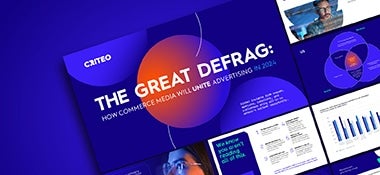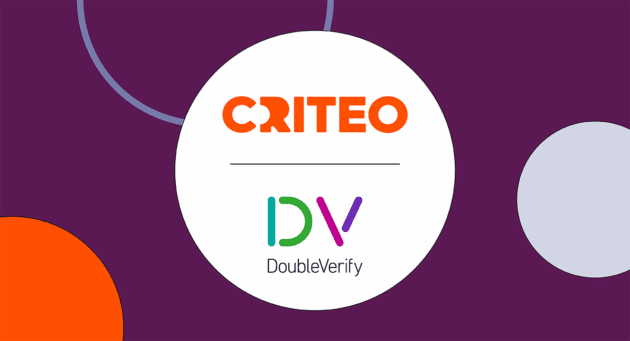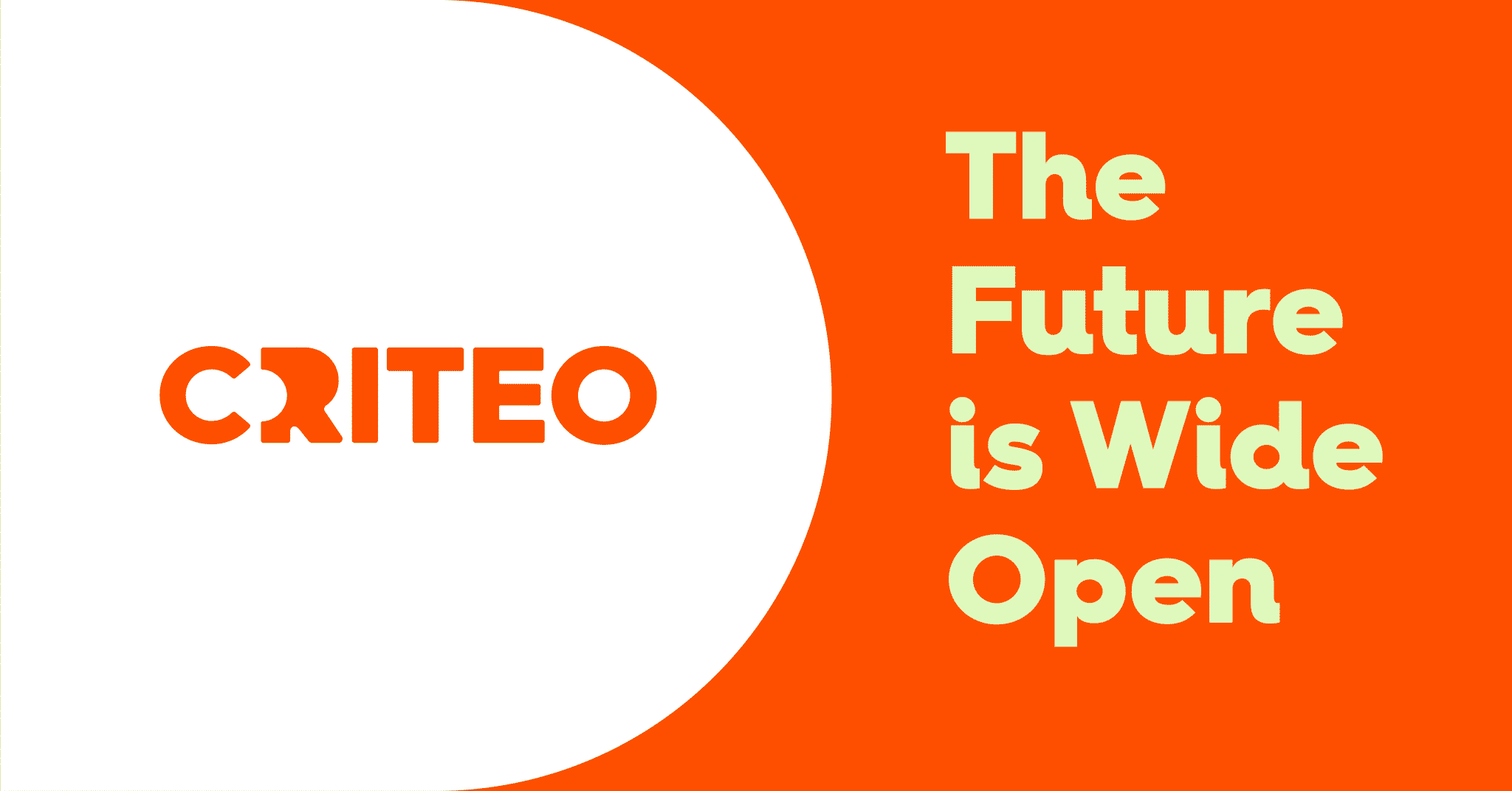You already know what retargeting is, but did you know that not all retargeting campaigns work the same way? For instance, retargeting campaigns can be static or dynamic, depending on your marketing goals. At the end of the day, you want to see a return on your retargeting investment, but this doesn’t mean the most technologically advanced solution will always create the most value.
Whether you use static or dynamic retargeting to re-engage customers who leave your website depends on:
- Your type of business
- The type of conversions you’re looking to drive
Below is a self-assessment to help you choose between the two.
What is dynamic retargeting?
Dynamic retargeting creates unique ads for each individual customer. In most instances, this involves machine learning technology that analyzes individual behaviors to figure out which creative elements will entice an individual to return and make a purchase. Dynamic tends to be the solution that gets the most attention.
You should use dynamic retargeting if you’re running an ecommerce business with a massive product catalog. When and why someone buys one item or another depends on countless factors, so using a technology that crunches the numbers for you will save you money and time.
Here’s what dynamic retargeting looks like in action. Jeff arrives on a sports apparel company’s website, looks at a thermal running jacket, and then leaves. The retargeting partner gathers data on Jeff’s behavior across other websites, social media platforms, and devices. The machine learning algorithm determines when Jeff is most likely to convert, creates a personalized ad based on Jeff’s preferences, and then delivers that ad when he intends to buy the jacket.
Read More: 3 Travel Companies that Soared with Dynamic Retargeting
What is static retargeting?
A static retargeting strategy creates several formats of the same advertisement as a part of a greater marketing campaign. After placing them on your ad serving platform, you set predetermined conditions that dictate which ads people see based on the pages they visit on your site.
Overall, static campaigns are ideal if you’re trying to aggregate leads or spread awareness of a specific product or service. You want people to revisit your site to gather more information, whether that be through a gated asset or on a product page.
Say you developed a marketing campaign around an eBook. You create four ads that direct people to the eBook. Each one is triggered when a visitor browses a specific product page or article on your site. One ad may target people who looked at the product, while another may appeal to those who read articles about a topic similar to that of your eBook.
Consider static retargeting if …
- You’re a B2B business: The purpose of your website is to generate leads and inform your target audience.
- Your product/service portfolio is small or custom: You may only offer a few services or price products based your client’s needs.
- You want to run a specific campaign or offer: You want to retarget your visitors but are only promoting a single product or offer.
- You target marketing personas: You want your ads to be specific to a few different types of customers, but not individual customers .
- You need control over creative: If you’re running a specific type of campaign, you may want to dictate the look and character of your ads.
Consider dynamic retargeting if …
- You’re an ecommerce business: Your site exists to sell products or services, and your inventory contains thousands of items that appeal to a range of customers.
- You have a large inventory: You sell several different items and have several product categories.
- You target a broad customer base: You may actually target hundreds of thousands, or millions of customers, all of which have different intentions when they visit your website.
- Your customers have specific tastes: The products within your inventory may appeal to people with very different wants and needs. For example, two people may really like Nike running shoes, but prefer different colors and levels of arch support.
When we talk about retargeting, we usually talk about dynamic. While the technology may be more exciting, it may not necessarily always be the best fit for your business needs. Use the assessment above to learn which solution is right for you.














